I think that many of you will be curious to know about the incredible location, where the first hanging in the framework of the "Sus-travelling" project was happened. With the special warmth I want to note that this trip was my gift for Birthday, and more peacefull holidays can not imagine;)
History.
The first mention of Ruskeala dated 1500th year as a part of Nikolsko-Serdobolsky region, but it wasn't where it's now. Some scientists suggest that even then the local people knows about the white stone (marble). It's known that in 1632 the Swedes, who had seized this area, built a chapel and first quarry in Ruskeala. According to recent data, between 1718 and 1730 in Ruskeala was already three stone-pits. Despite this, the official discoverer is Alopeus Samuel, who opened the field in 1750s. At the picture the monument to him.
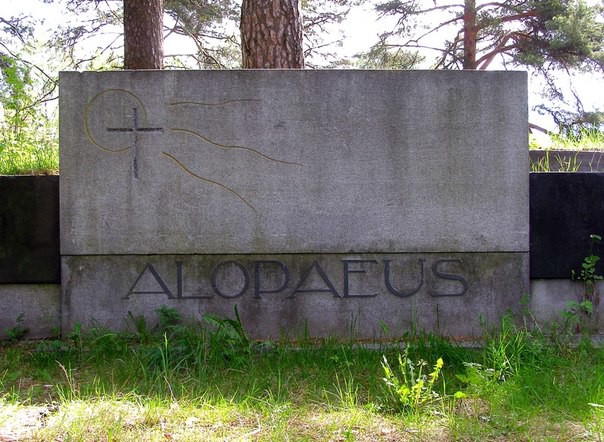
1700-1800s.
In the beginning of 1700s for continue of construction of St. Petersburg, the city needed a great number of marble and granite. Geological expedition flew across the Russia.
In 1787 Alopeus Samuel, pastor of the Lutheran Church, has published his book "Description of marble and other stones, mountains and rocks located in the Russian Karelia." For his contribution to science pastor was admitted to "Free Economic Society" and published 9 more works about Russian nature. Before that, he sent some letters to the office of Catherine ll and in August 9, 1766, after the experimental works, in Ruskeala began to mine marble. However, that wasn't long - money finished and mining stoped in October of the same year.
In 1769 Ruskeala quarries were in keeping of "Office of Structures Isaac's Church" and just after a few months the area completely changed. There was a small working village Ruskeala where lived stonemasters, mining engineers and architects. Italian and Russian masters came here.
Building of St. Isaac's Cathedral, designed by Antonio Rinaldi began May 8, 1768 - on the idea of the architect the church should be decorated with marble inside and outside. In the 1770-1780s from Ruskeala's marbles were made trim on the windows of the Marble Palace, the Winter Palace's sills, columns of Orlov Gates and Chesmenskaya Column.
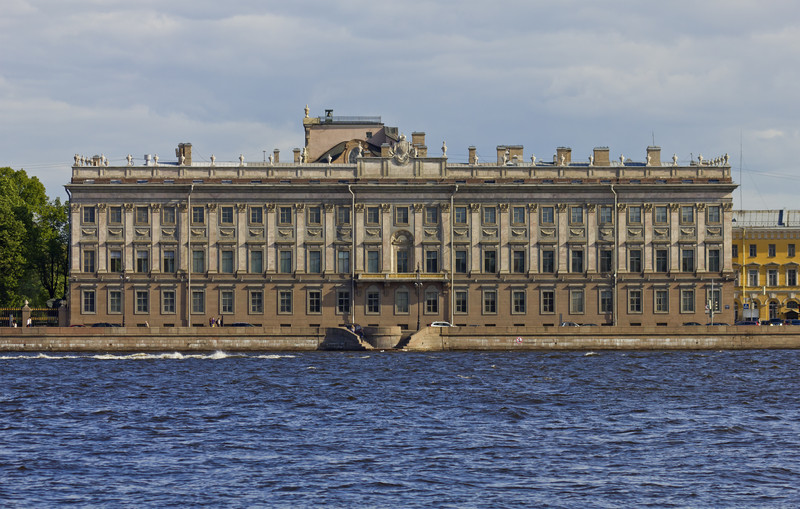
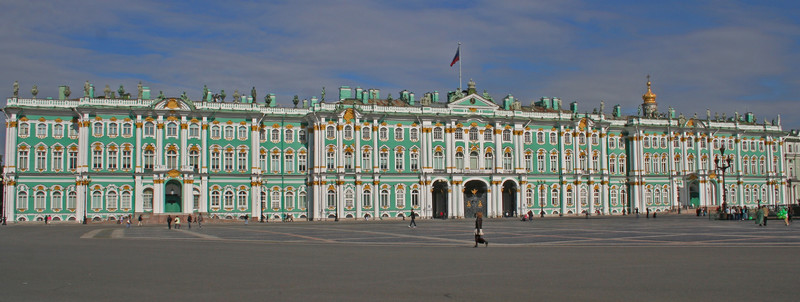
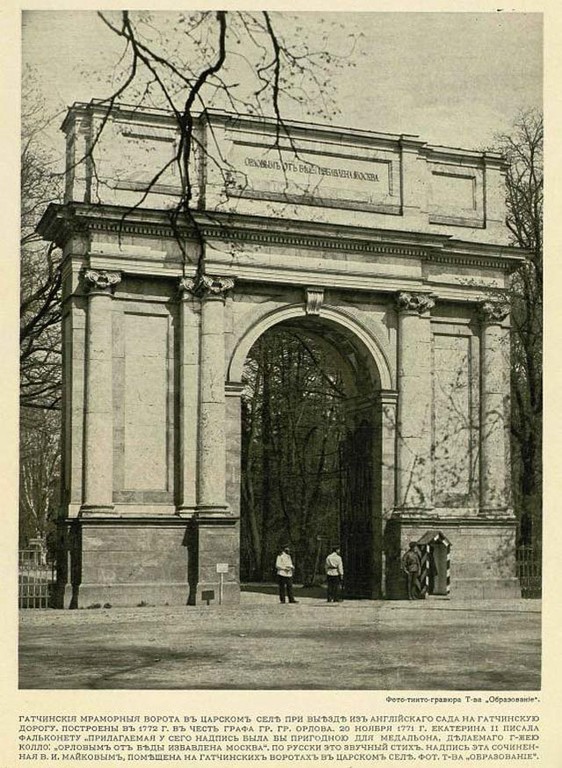
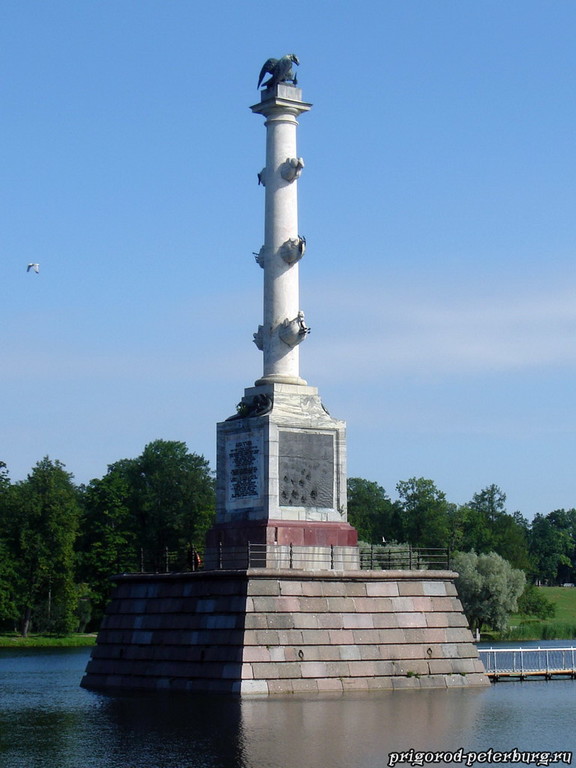
Antonio Rinaldi didn't finished his main project - the Isaac Church was destroyed. Marble from it was used for building Petr l monument, Michaylovsky Palace, Rumyantseva Pobedam monument and Eagle pavilion in Gatchina.
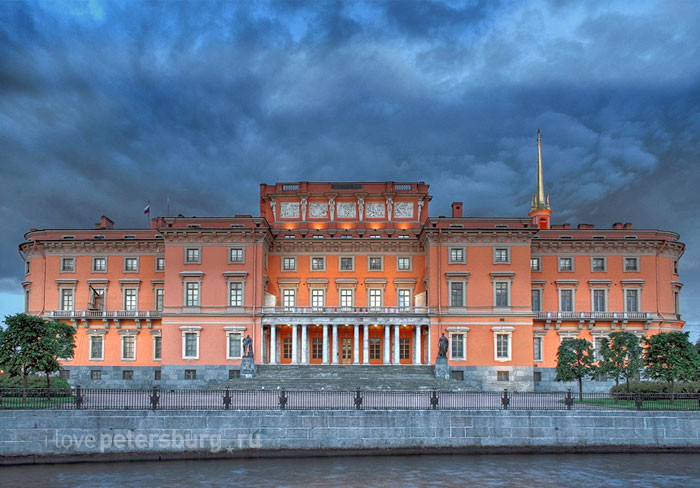
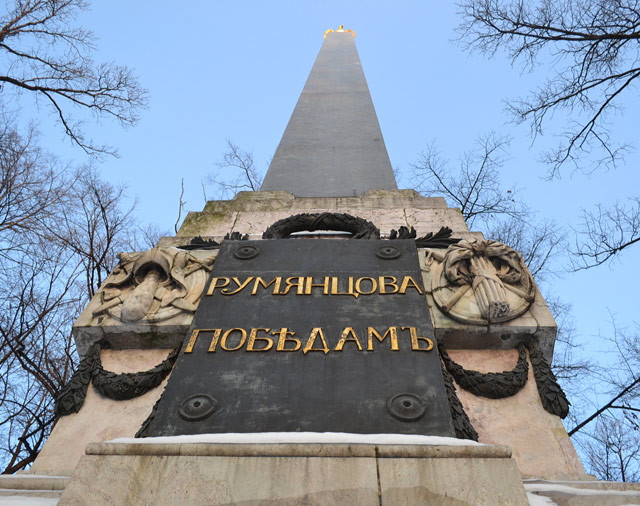
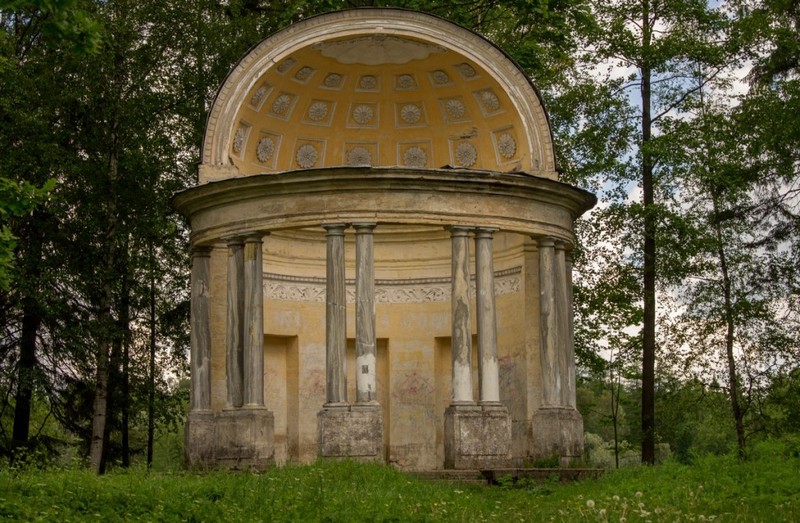
In 1790s the stone-pit was completely abandoned.
1800-1900s.
In 1804 the size of quarry was 150m lengh and 30-35m deep. Only 6 people worked here. In 1818, after monarch's decree, 250 workers mined the marble here again.
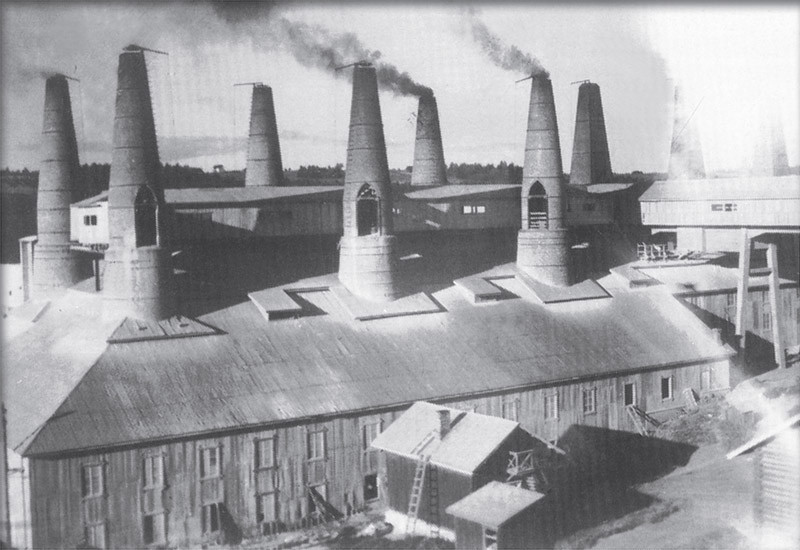
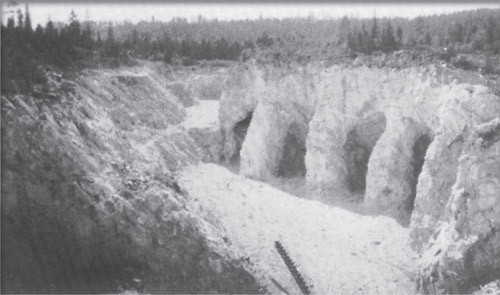
In the 1769-1838s period the quarry was produced 200 thousand tons of marble. During the 1830s in Ruskeala masters maked vases, countertops, pedestal e.t.c. And in 1820 here was opened the first lime-factory. Production grew and in 1838 in the quarry was 300 workers.
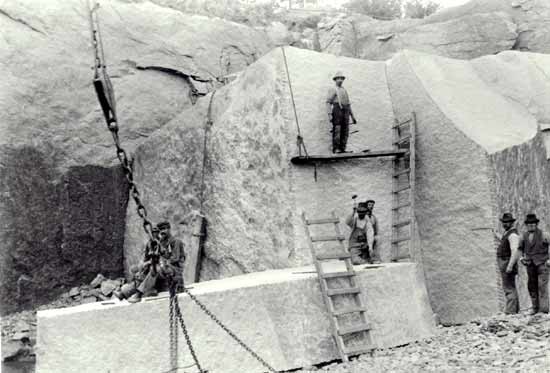
1900s.
In 1898, the mine leased Finnish company "Ruskeala marble", mining of marble grew, but mostly it was converted into lime. Intensive development has led to almost complete depletion.
In summer of 1941 the Finnish army entered to the territory of the Soviet Union. Fighting continued until August of same year, but only in July of 1944 the Red Army completely liberated this area. In autumn of 1944 the first workers returned to the quarry, the restoration of lime factory was started. In 1950 in the village were first concrete house, post office, shop, medical center.
However, during mining workers used massive explosions and result of that was damage inside the stone mass and in the end of '60s it was possible to mine here only the gravel and lime. Production of the factory was sent in 10 republics and 17 regions. In 1970 were found some masses of good stone which used for build some pavilions in Moscow and for subway stations "Primorskaya" and "Ladogskaya" in St. Petersburg.
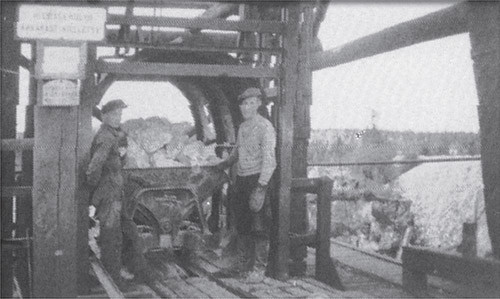
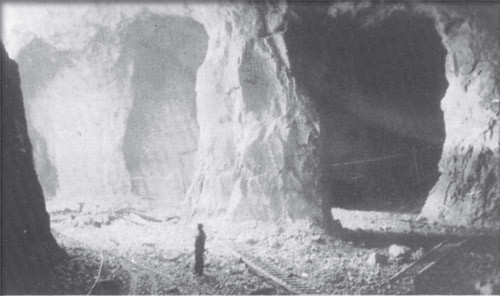
However, the quarry could not cope with the plan, giving only 3% of the declared plan rules. Stone gave the crack, which was the result of massive explosions during the previous developments. In 1983 geologists decided that further development of marble is impossible.
Now.
Followed in the 1990s political turmoil undermined the viability of the factory and now it's work with the private orders only. From 12 stone-pits only 1 is work and calcination furnace, which were extinguished in the begining of 90s, now look like this:
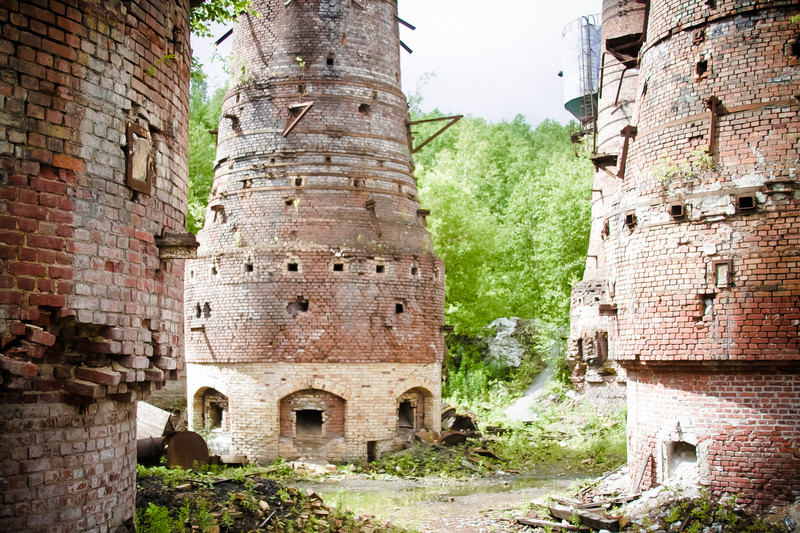
The main career turned into a lake.
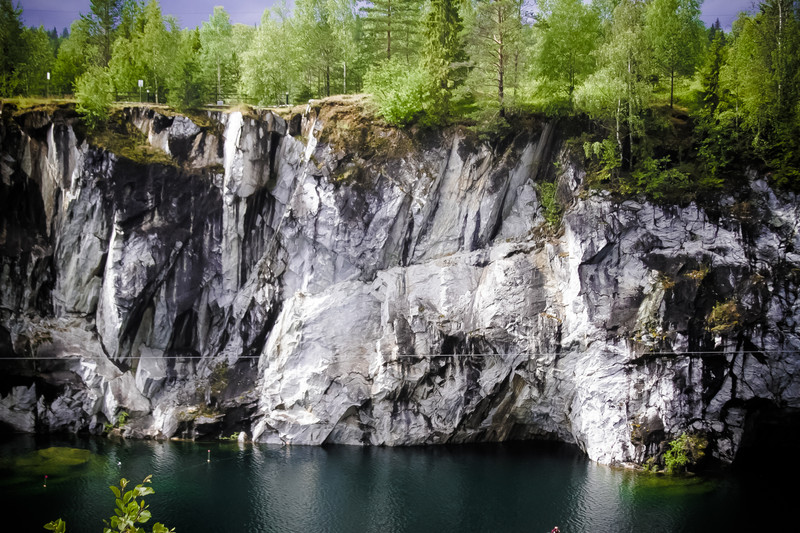
Interesting, that's already 20 years the water hold the same level all year long.
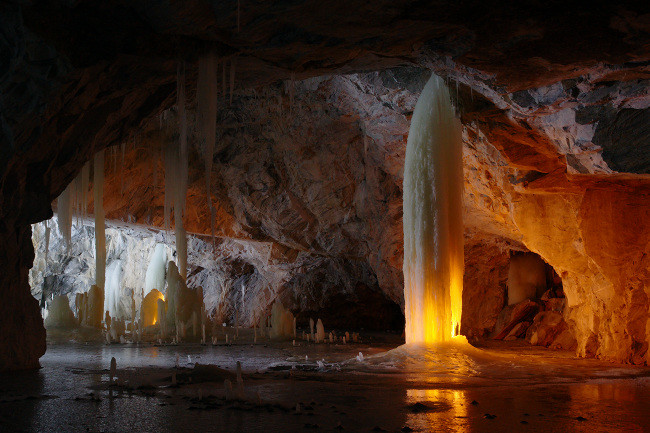
The main quarry is declared as historical monument and in the begining of 2000s here created mountain park "Ruskeala", which we are visited.
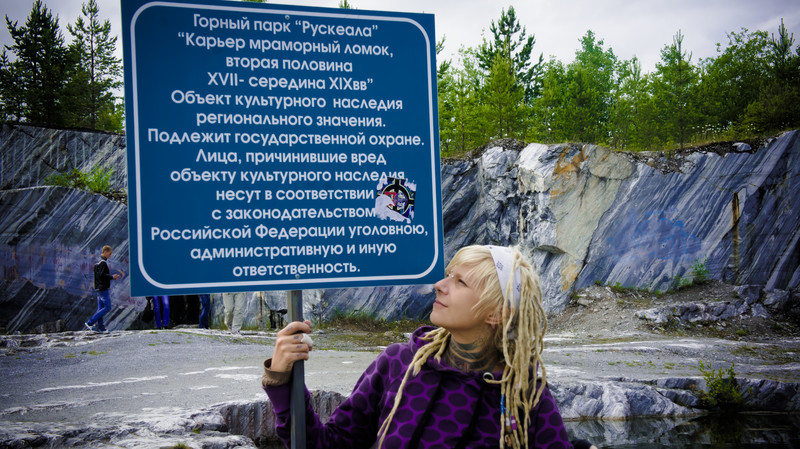
After seeing the main quarry and enjoy stunning views of the northern nature,
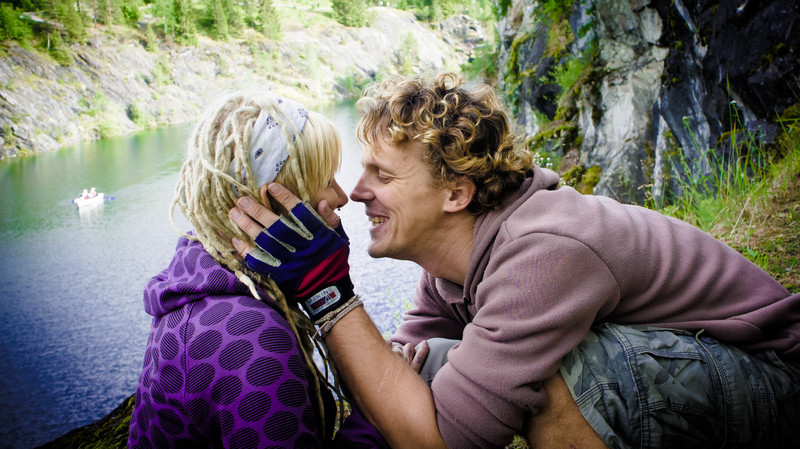
we visited the calcination furnace.
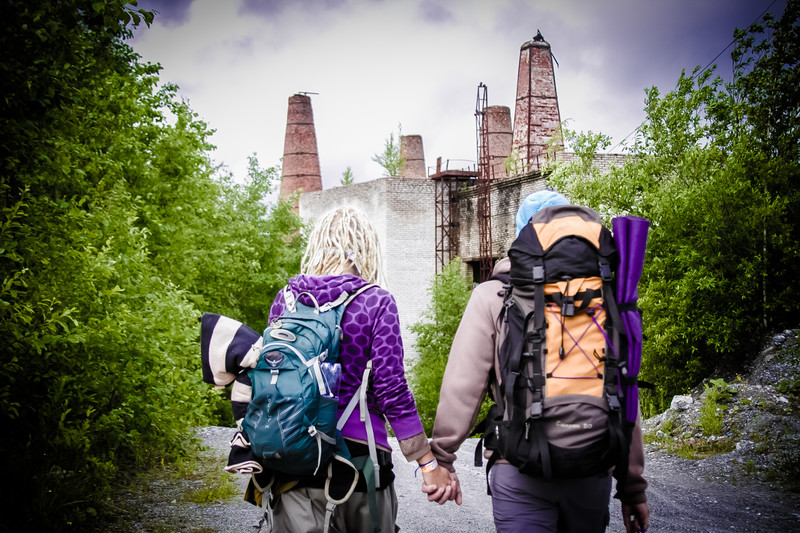
I always was admired from derelict buildings, but in a place like this I was for the first time.....
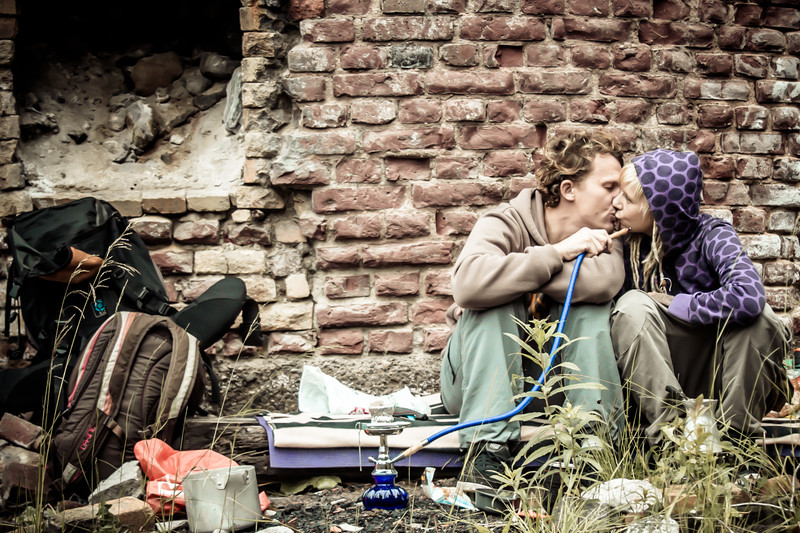
Located under one of the furnaces, we inhale hookah smoke and cooked fresh coffee ... Needless to say that the trip was awesome!
Also I had the honor to finally meet Kate - wonderful, kind, cheerful person! She spent 10 hours on the road for make this trip for us! :)
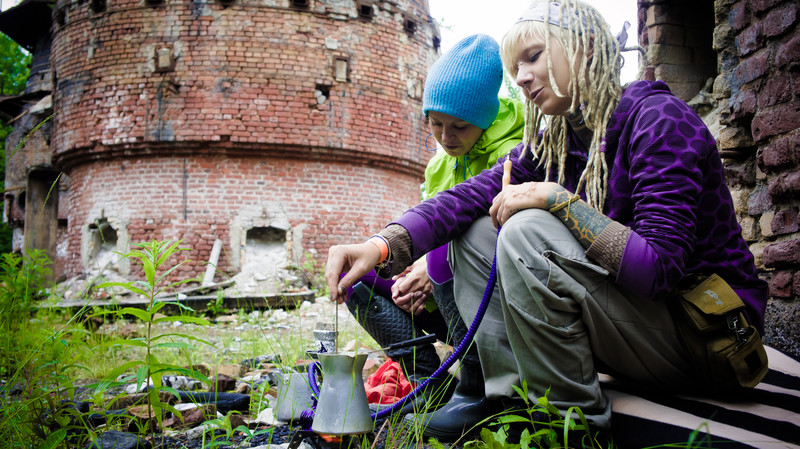
But our backpacks had not only tourist delights, but also equipment for bodysuspension ^^
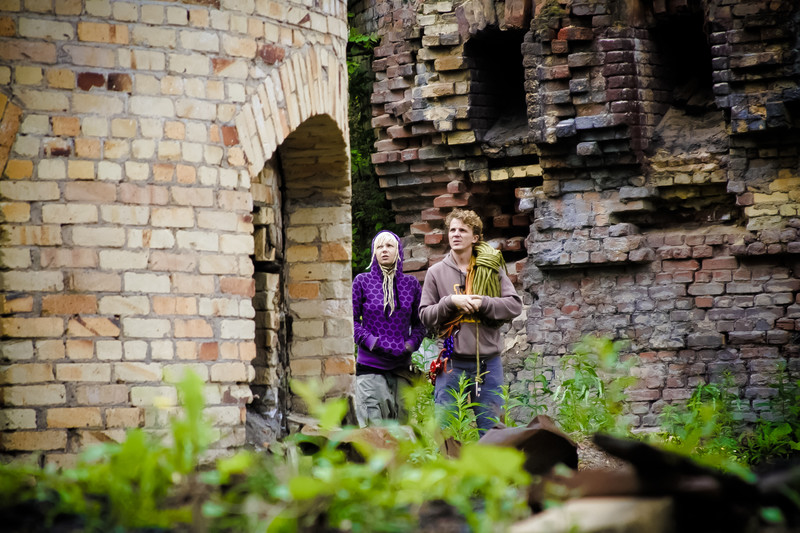
We spent a lot of time, but finally found good place for the ropes....
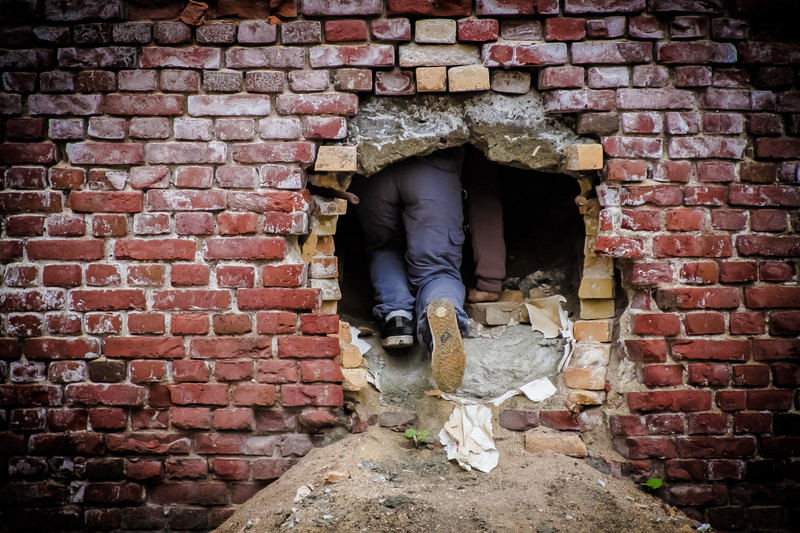
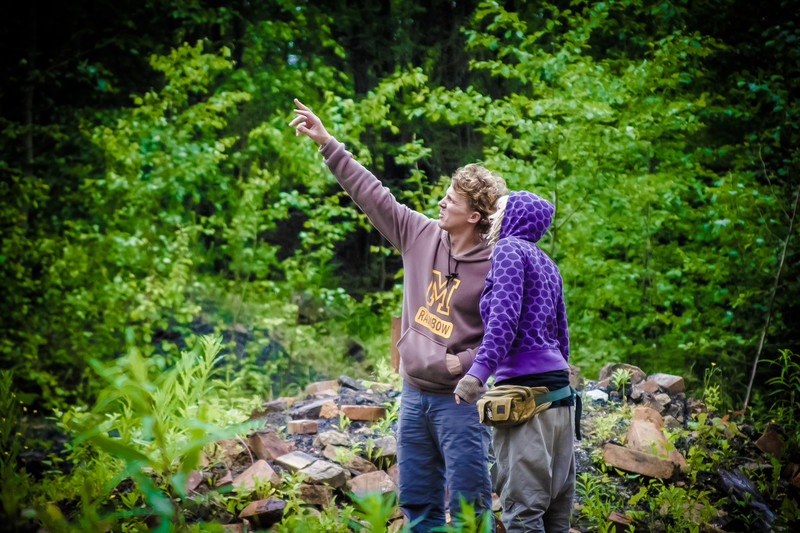
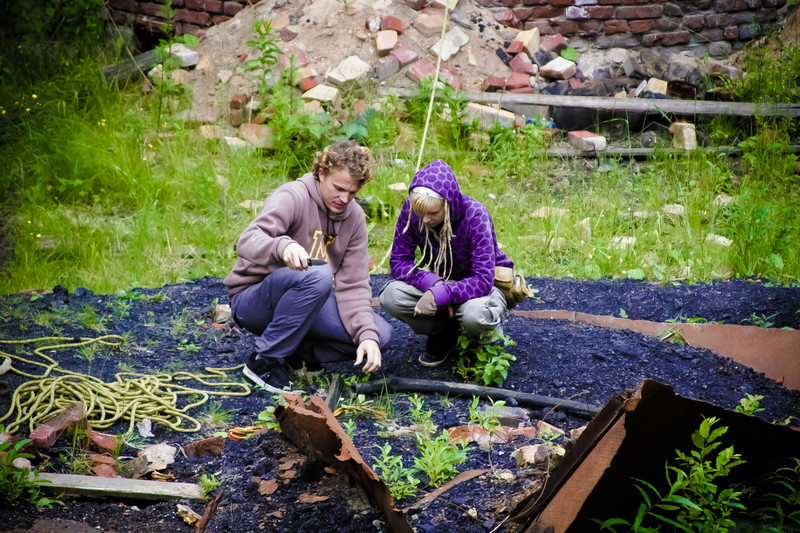
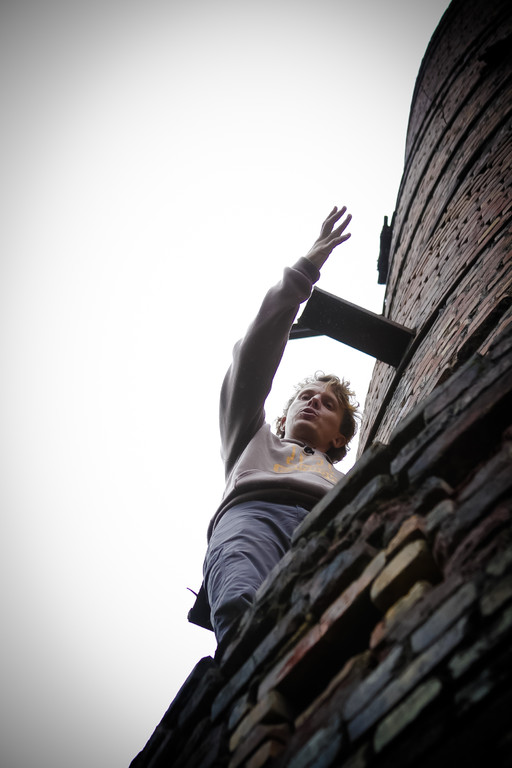
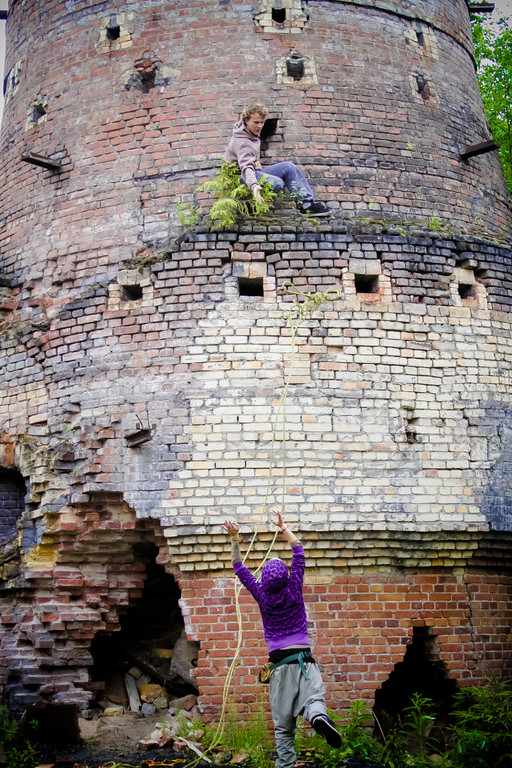
We're tested the system and got soooo much fun!
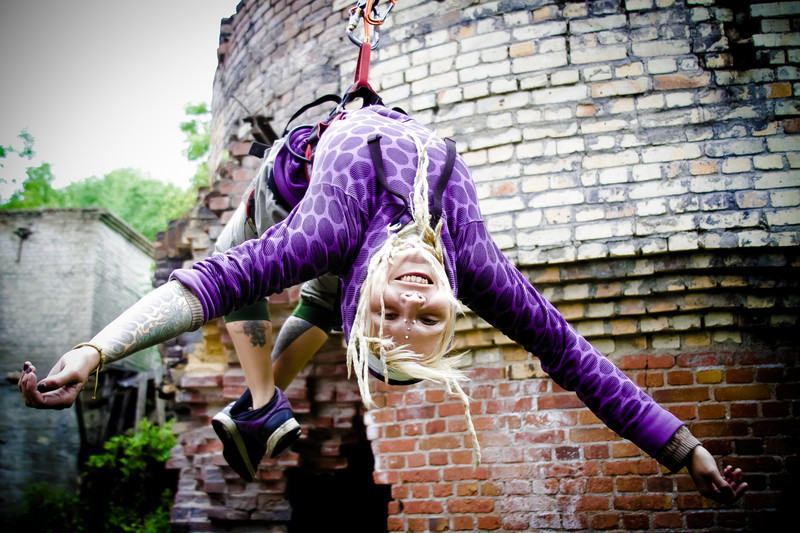
Do you remember spider-man movie ?
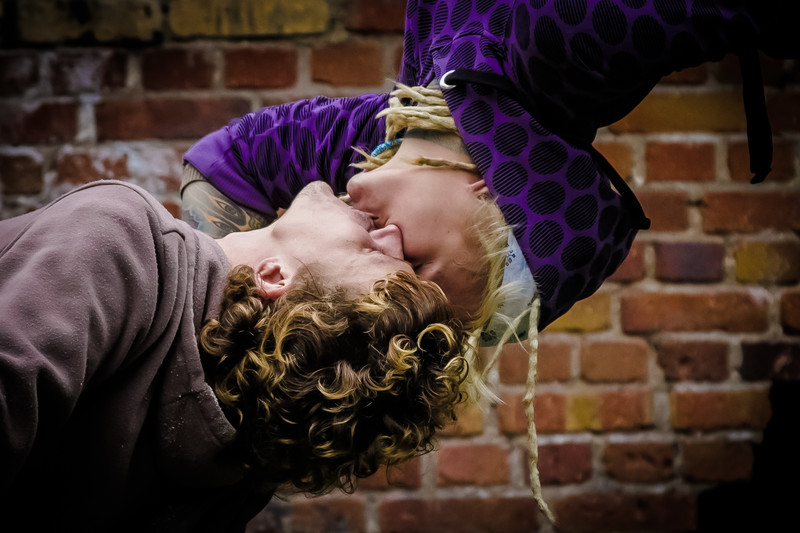
That was the best Birthday ever!
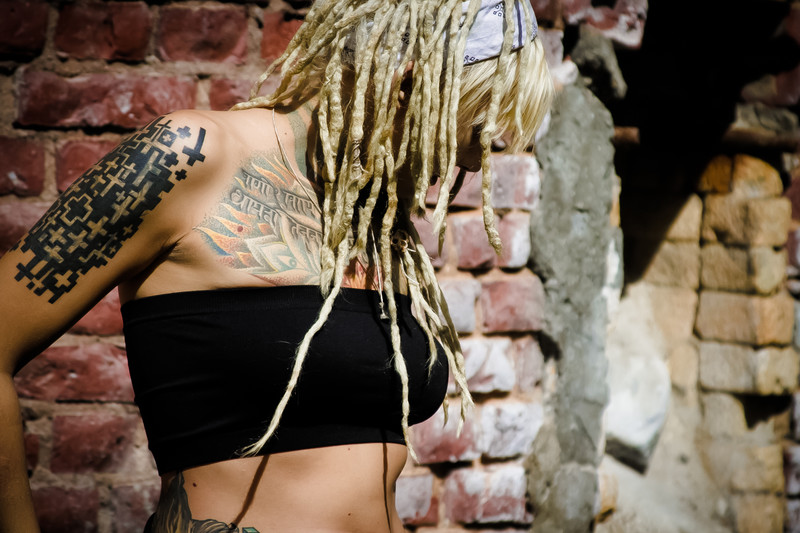
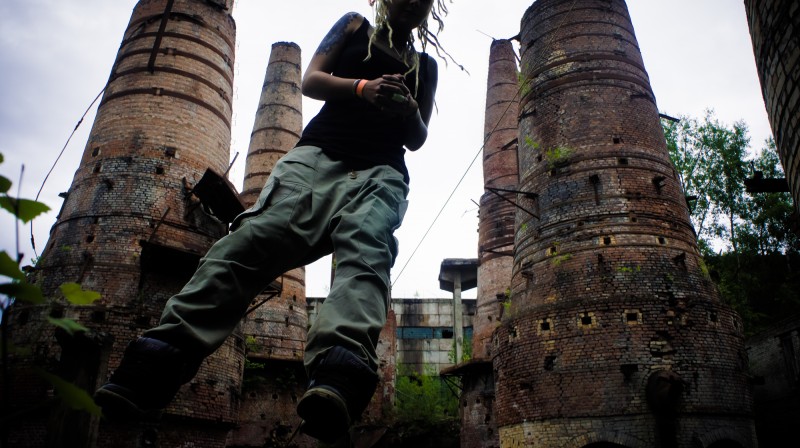
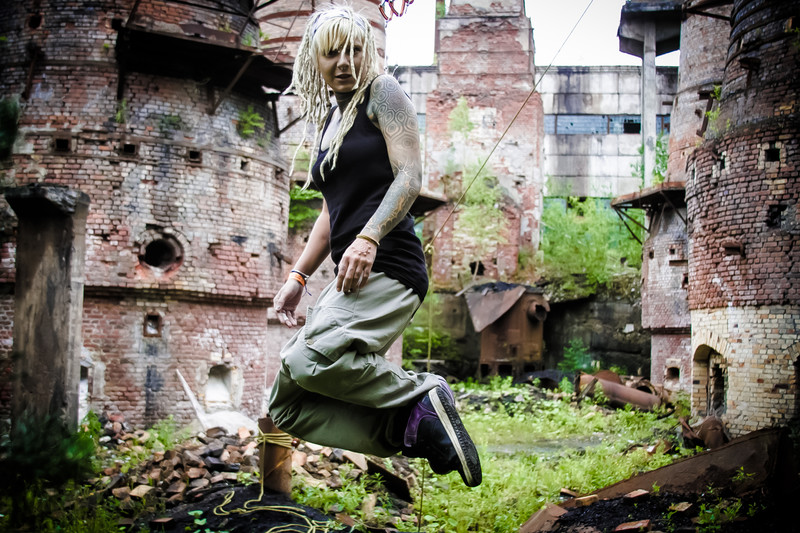
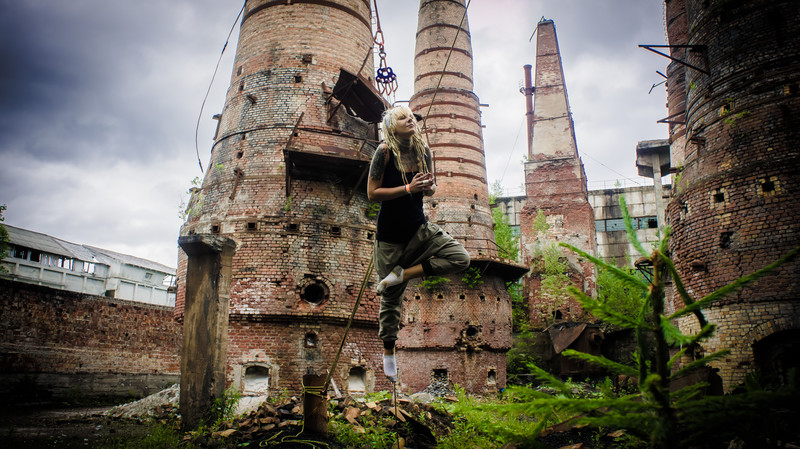
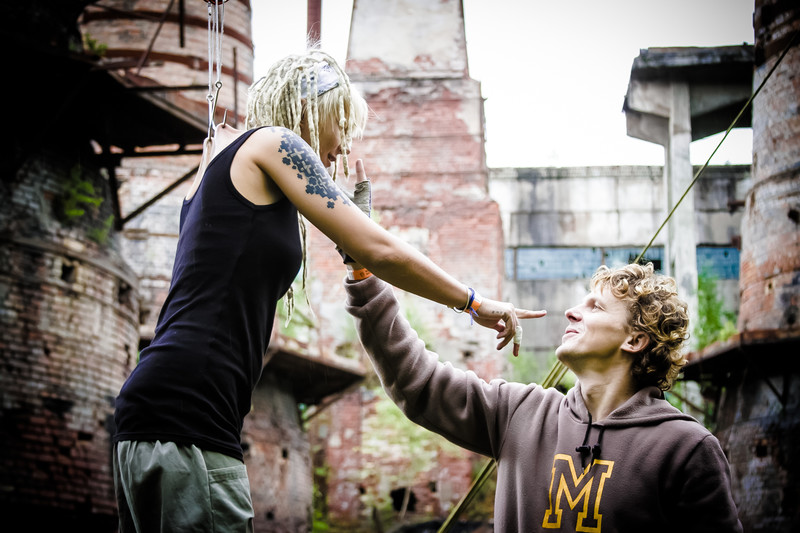
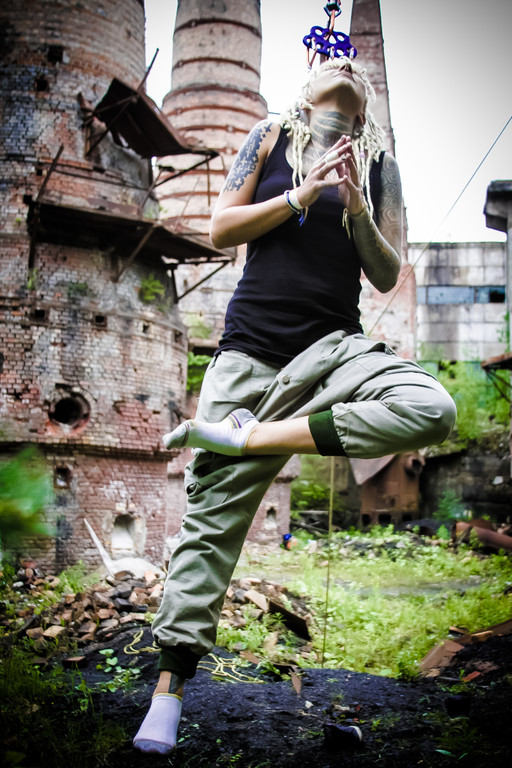
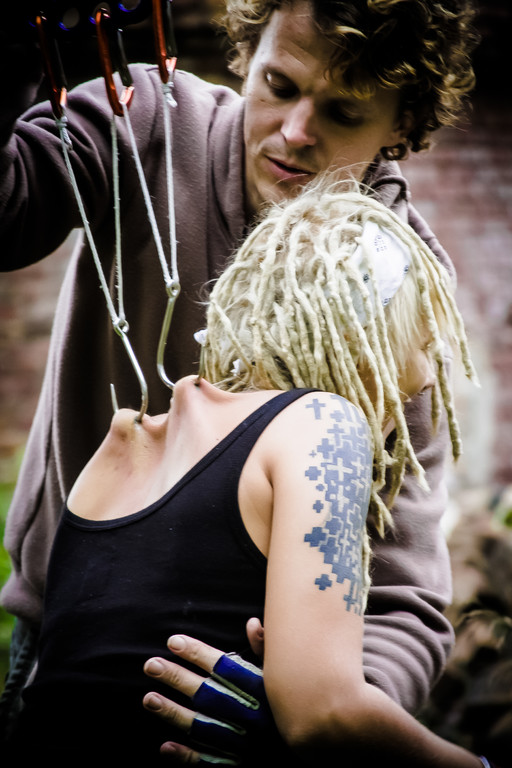
I wanna say BIG THANKS to Alexander & Ekaterina for this awesome day! I love you guys!


